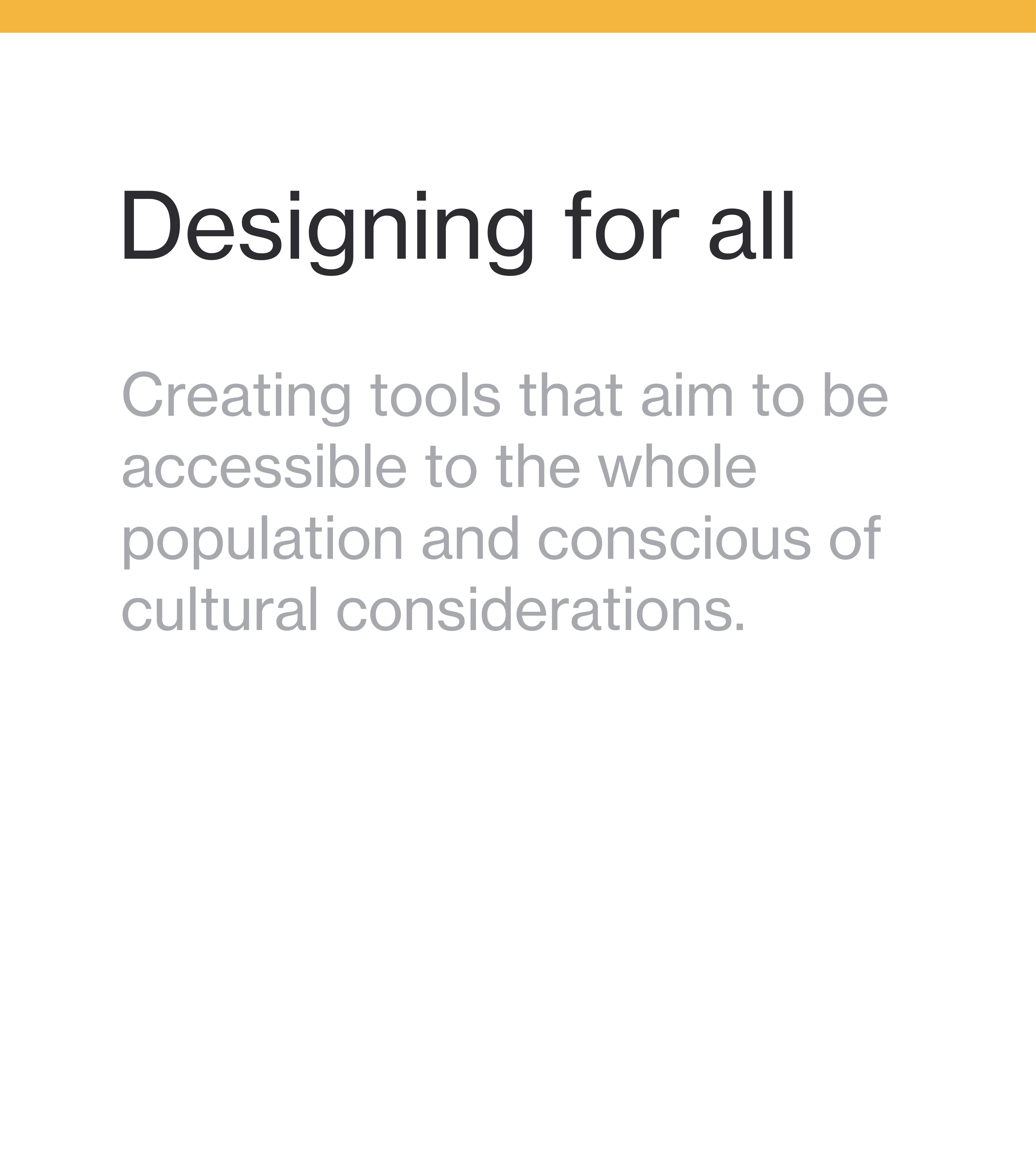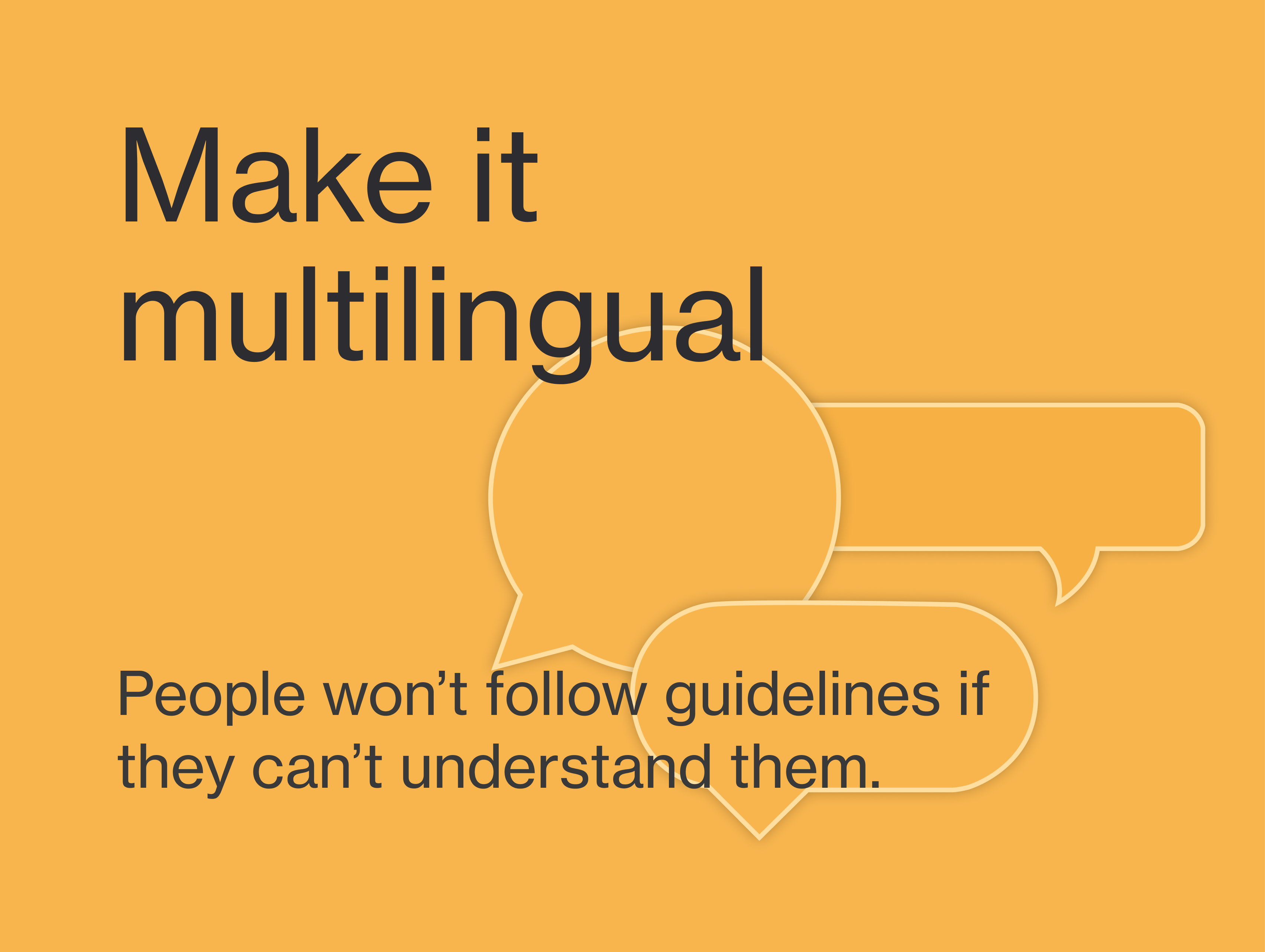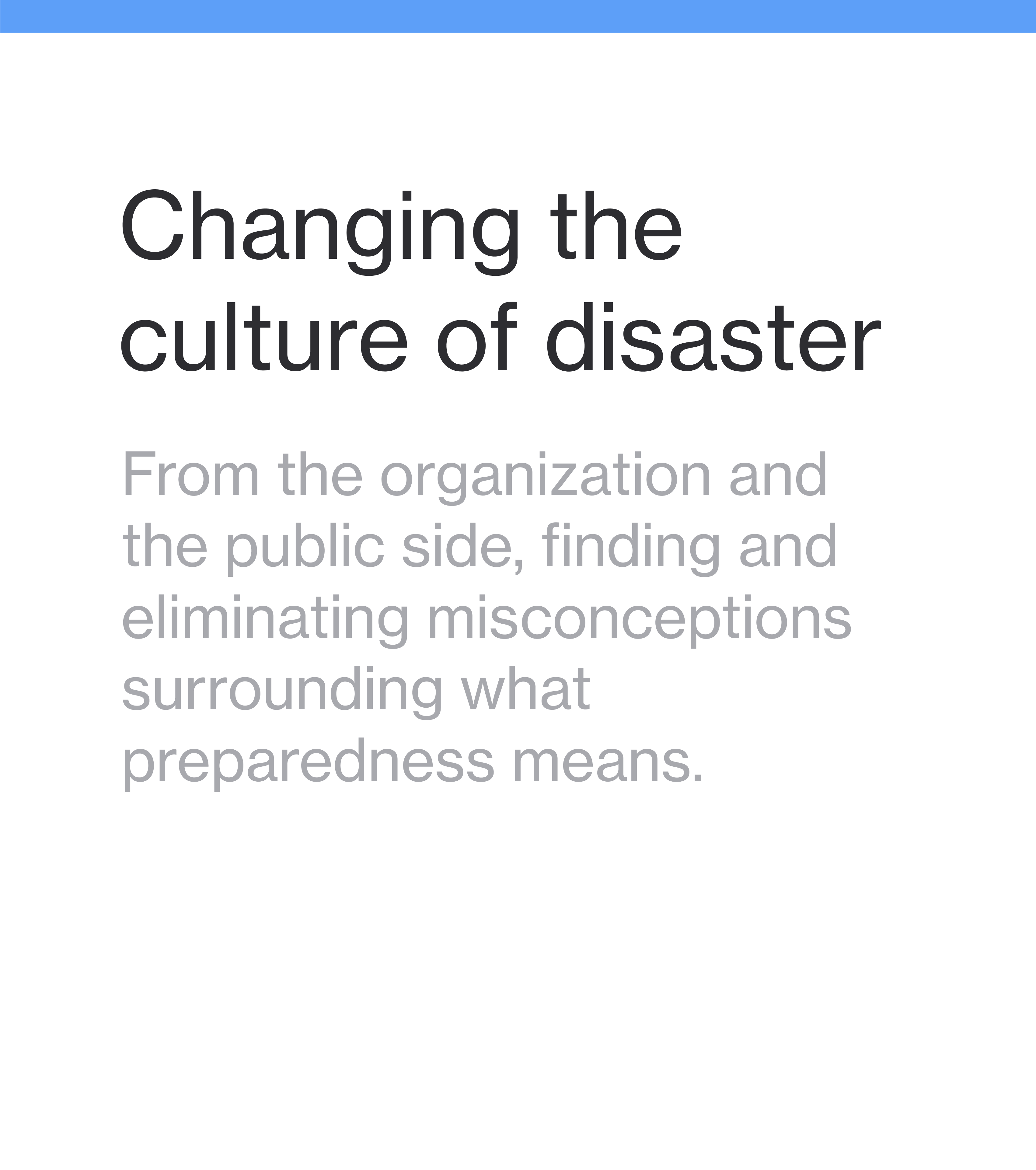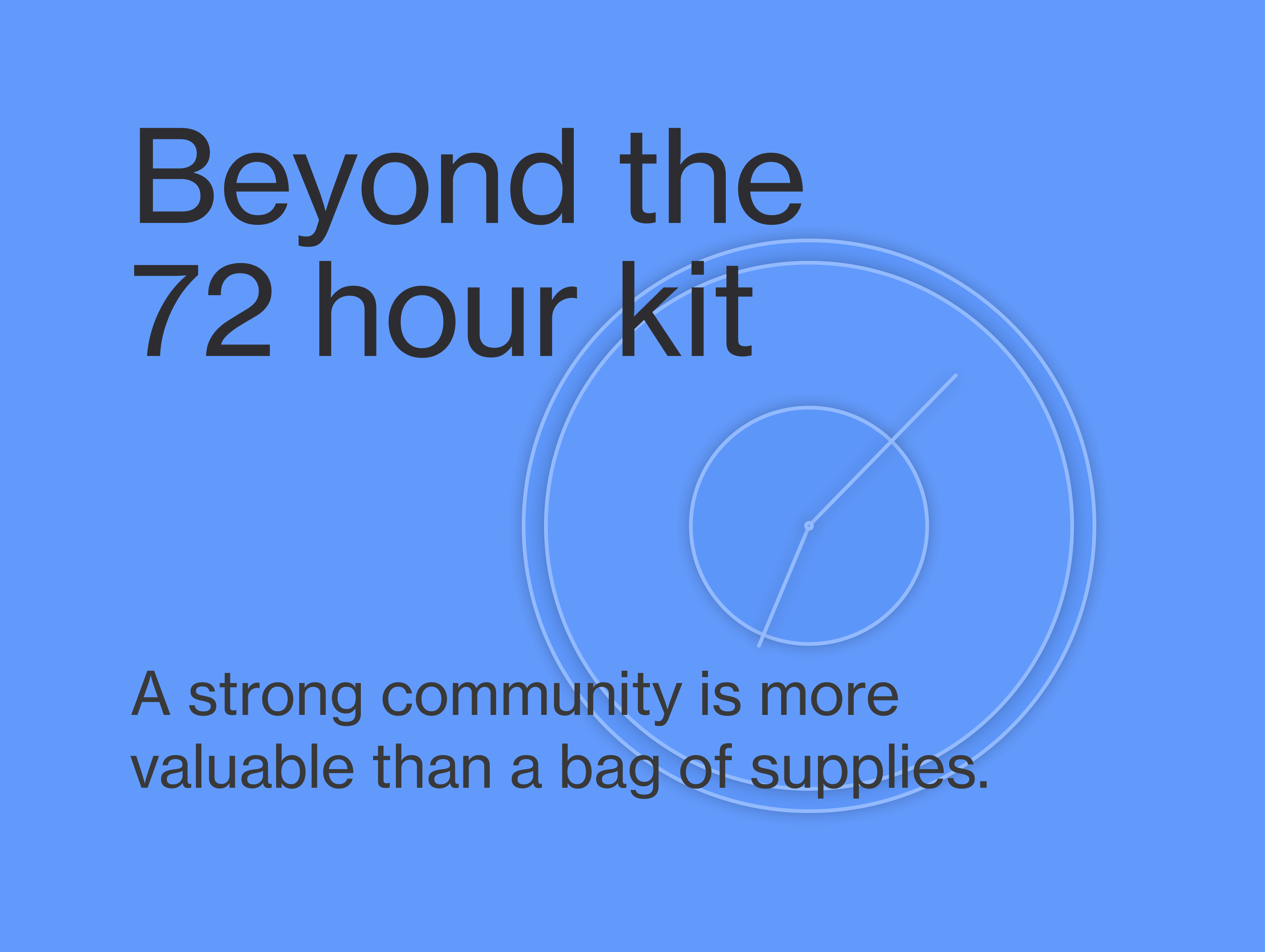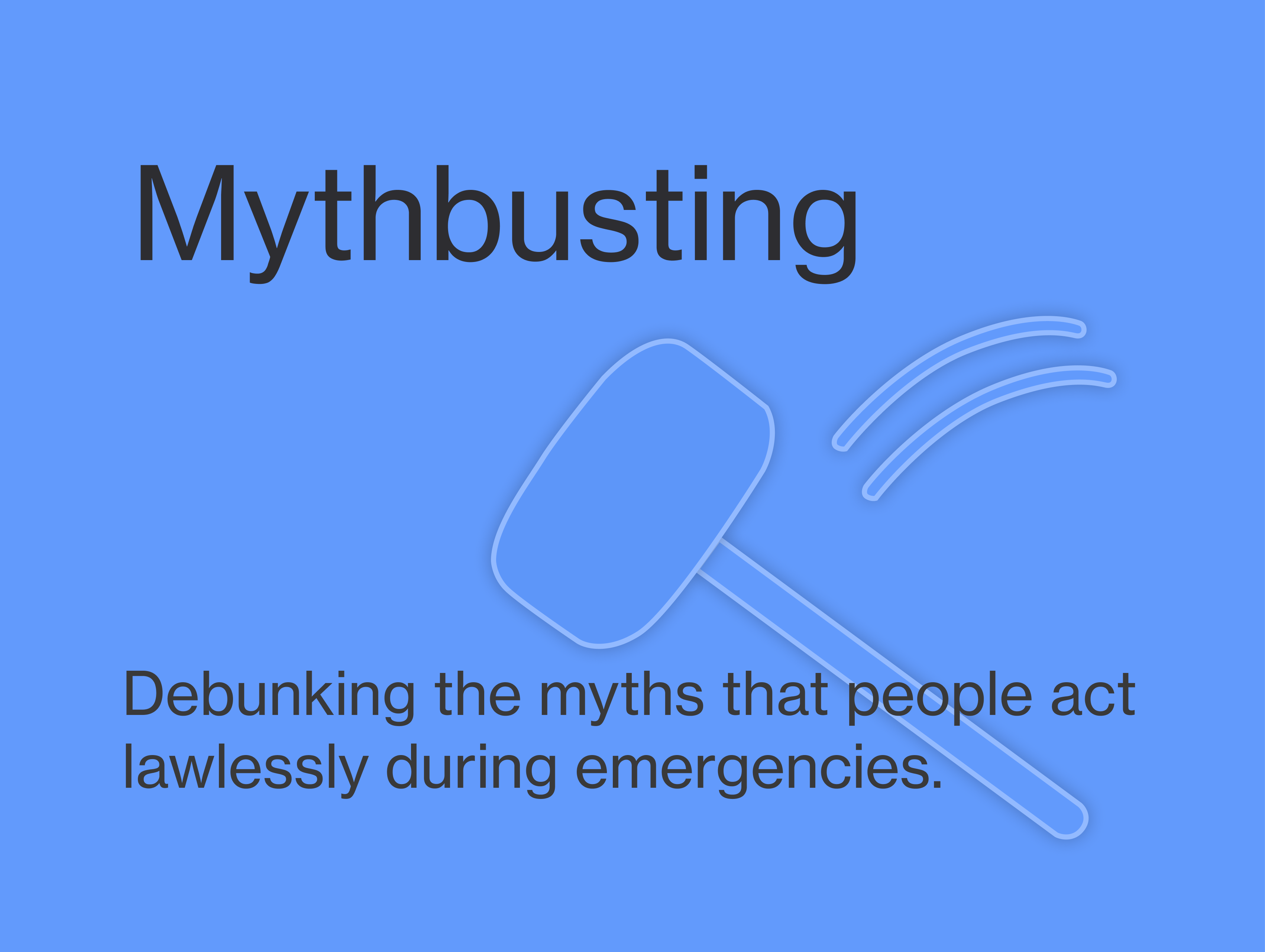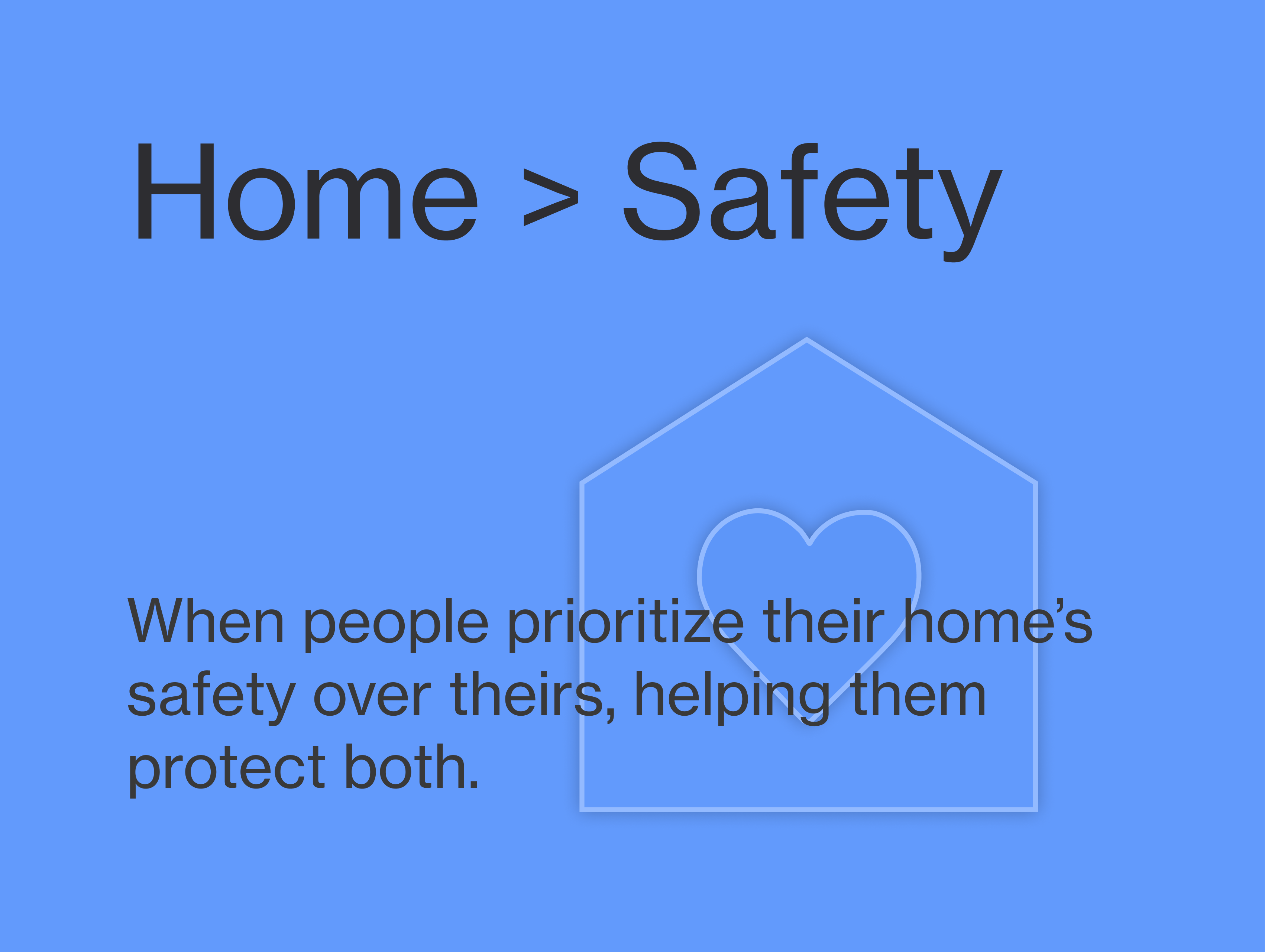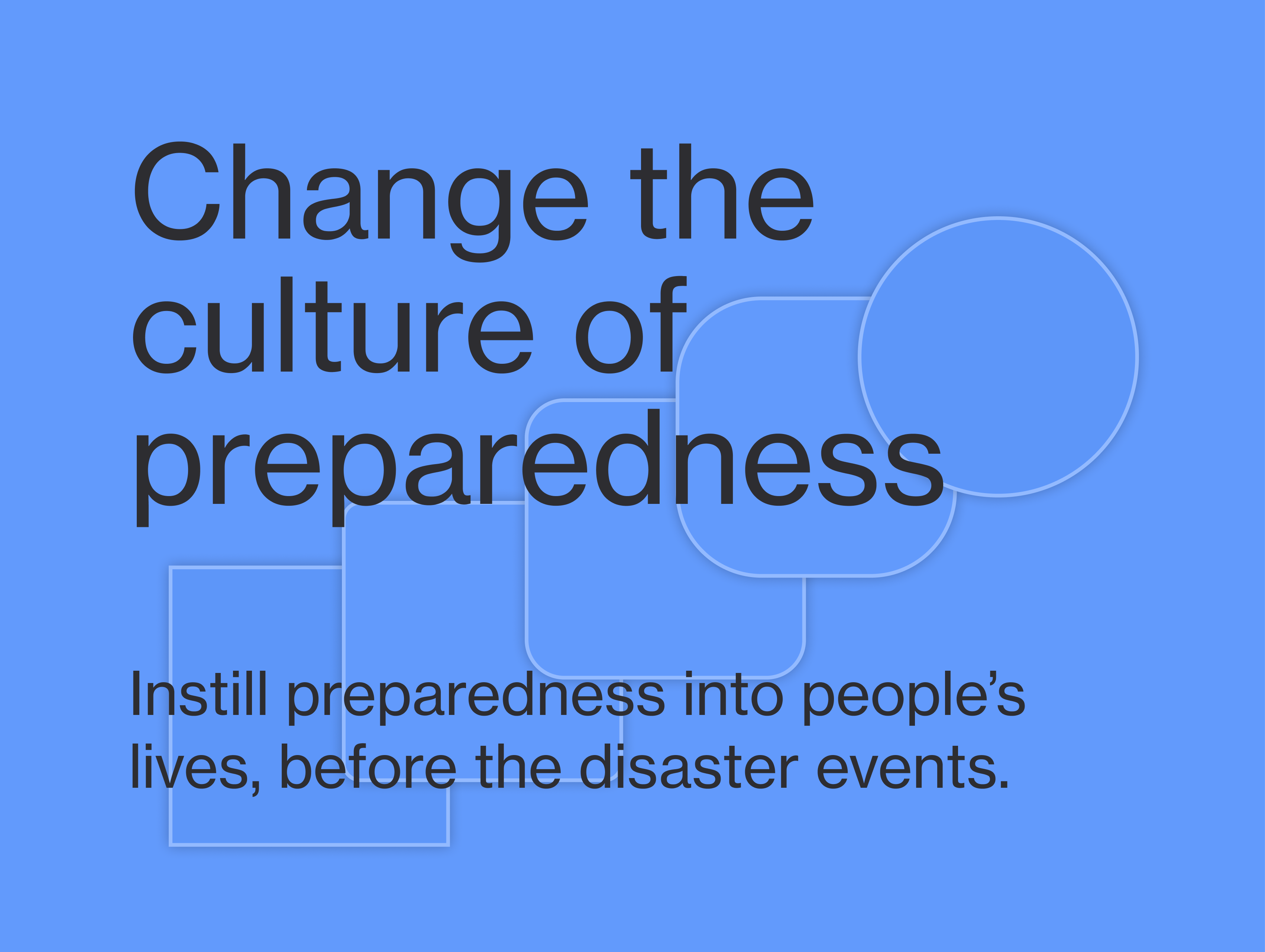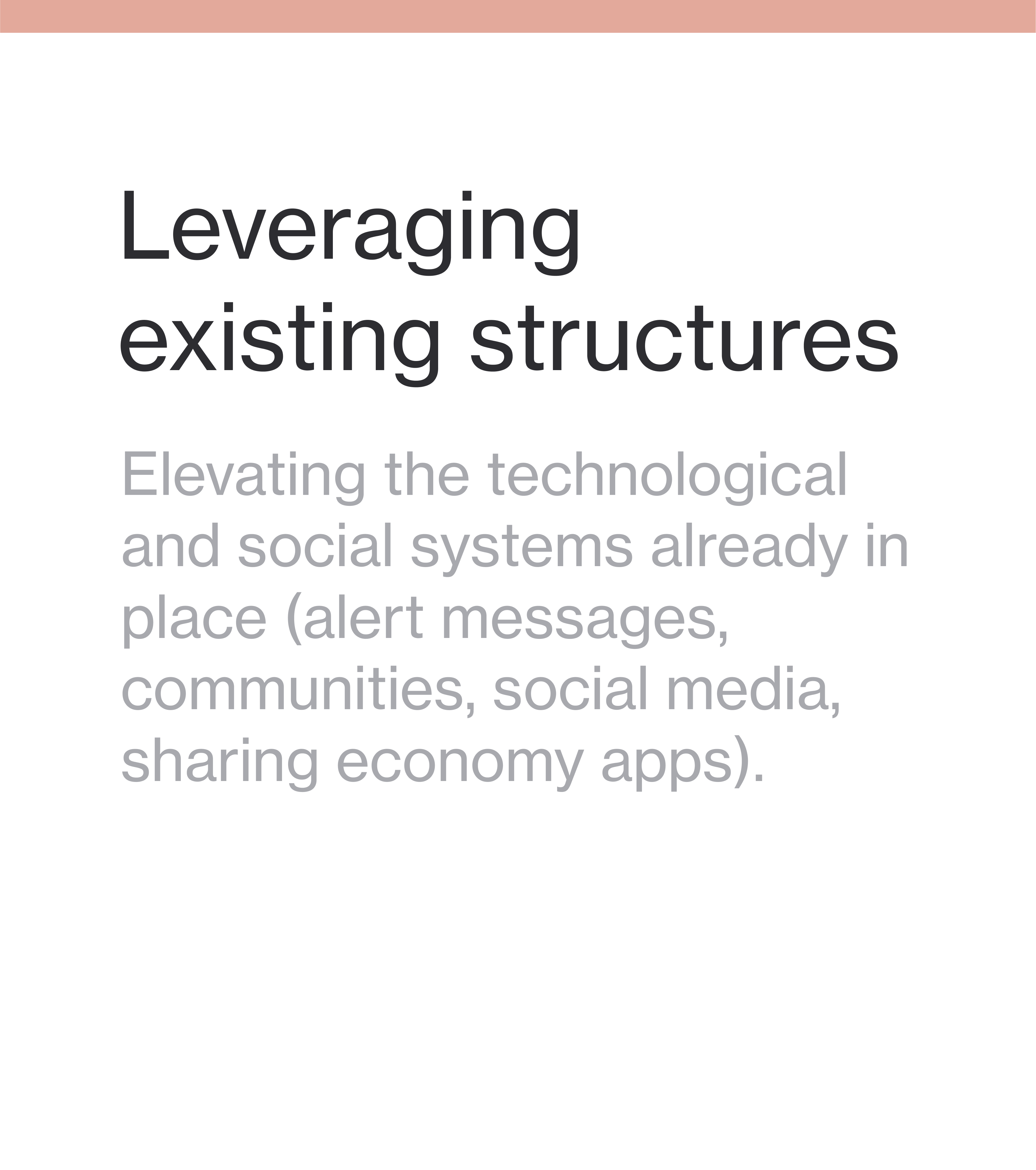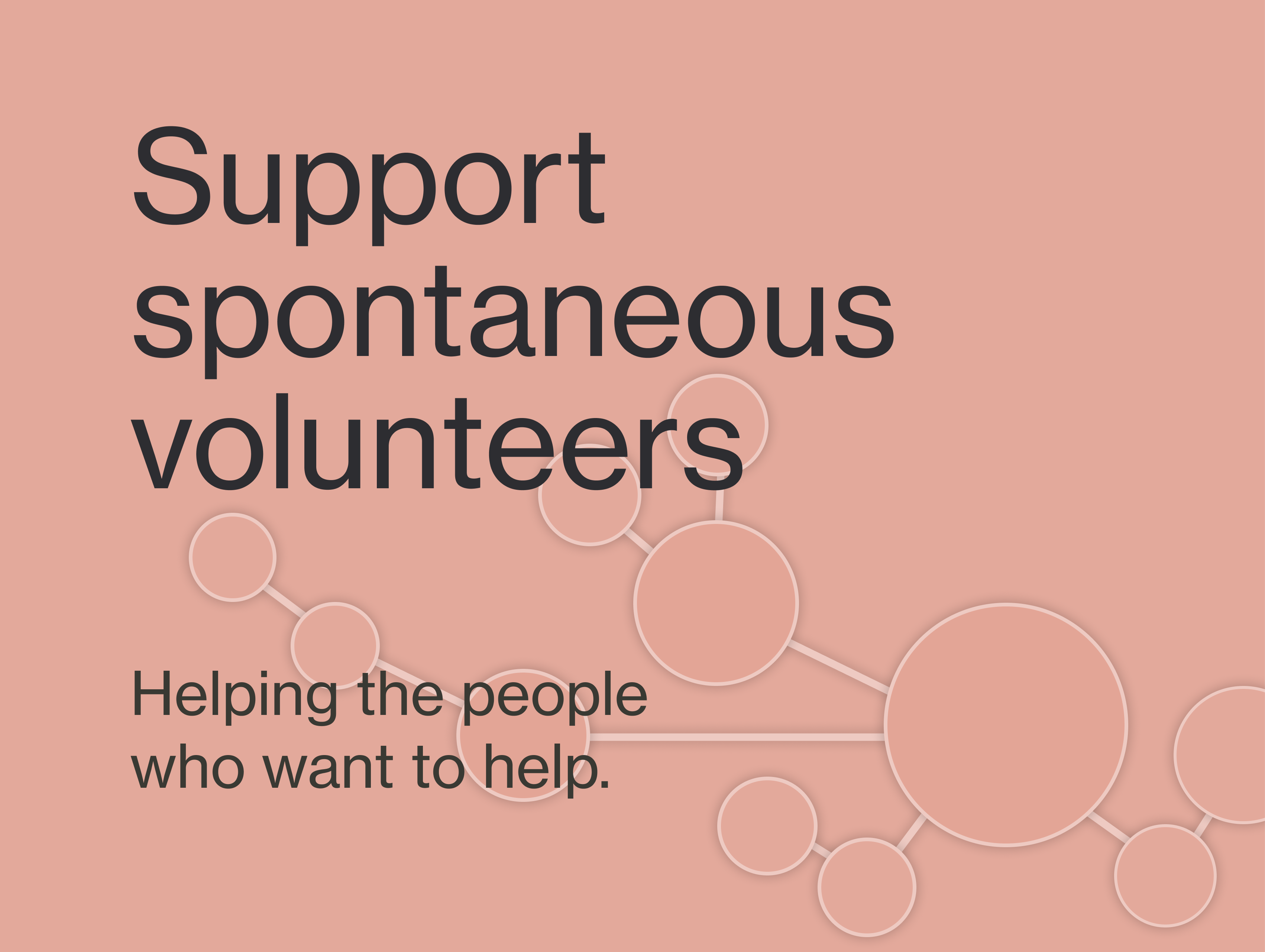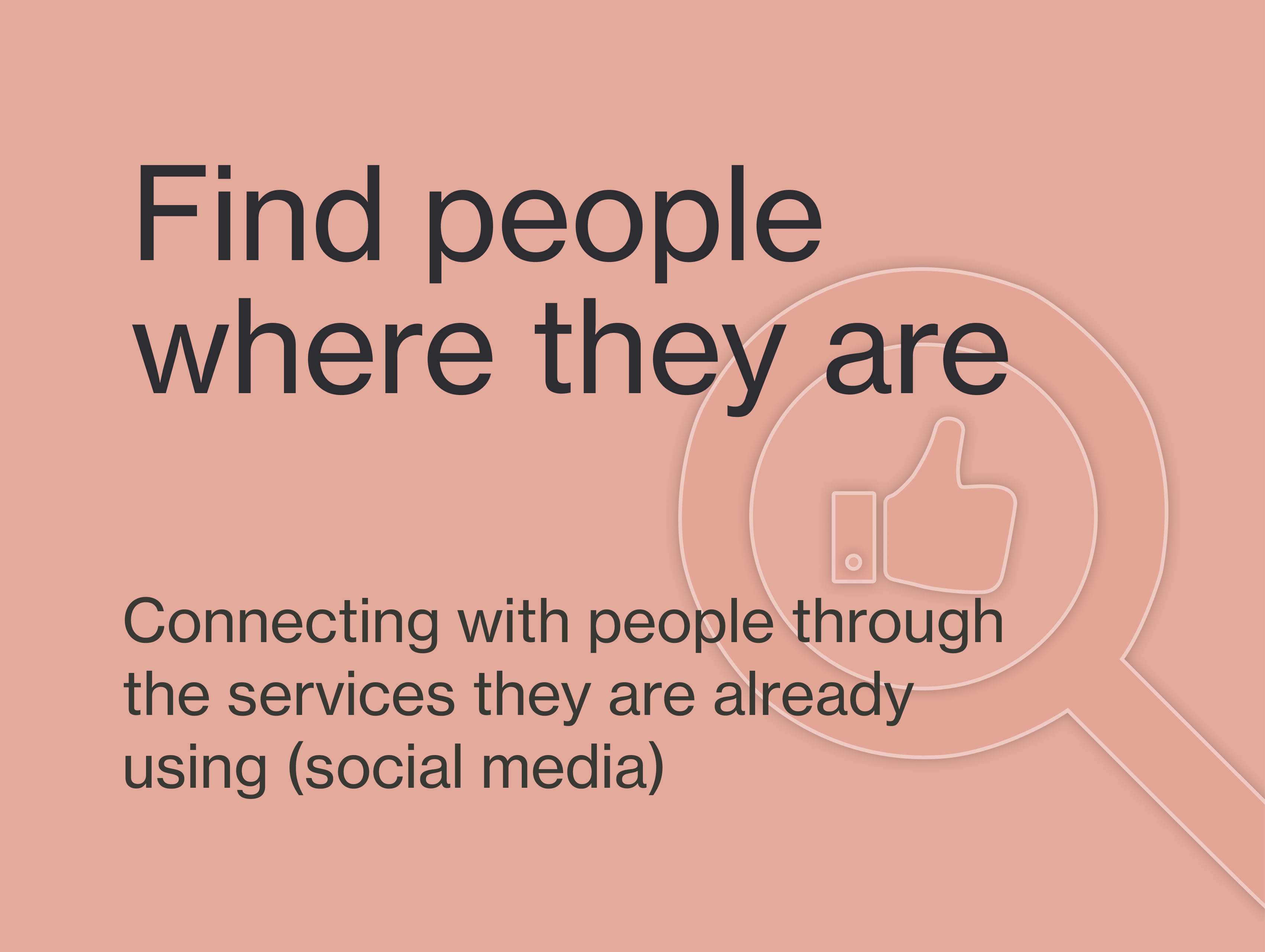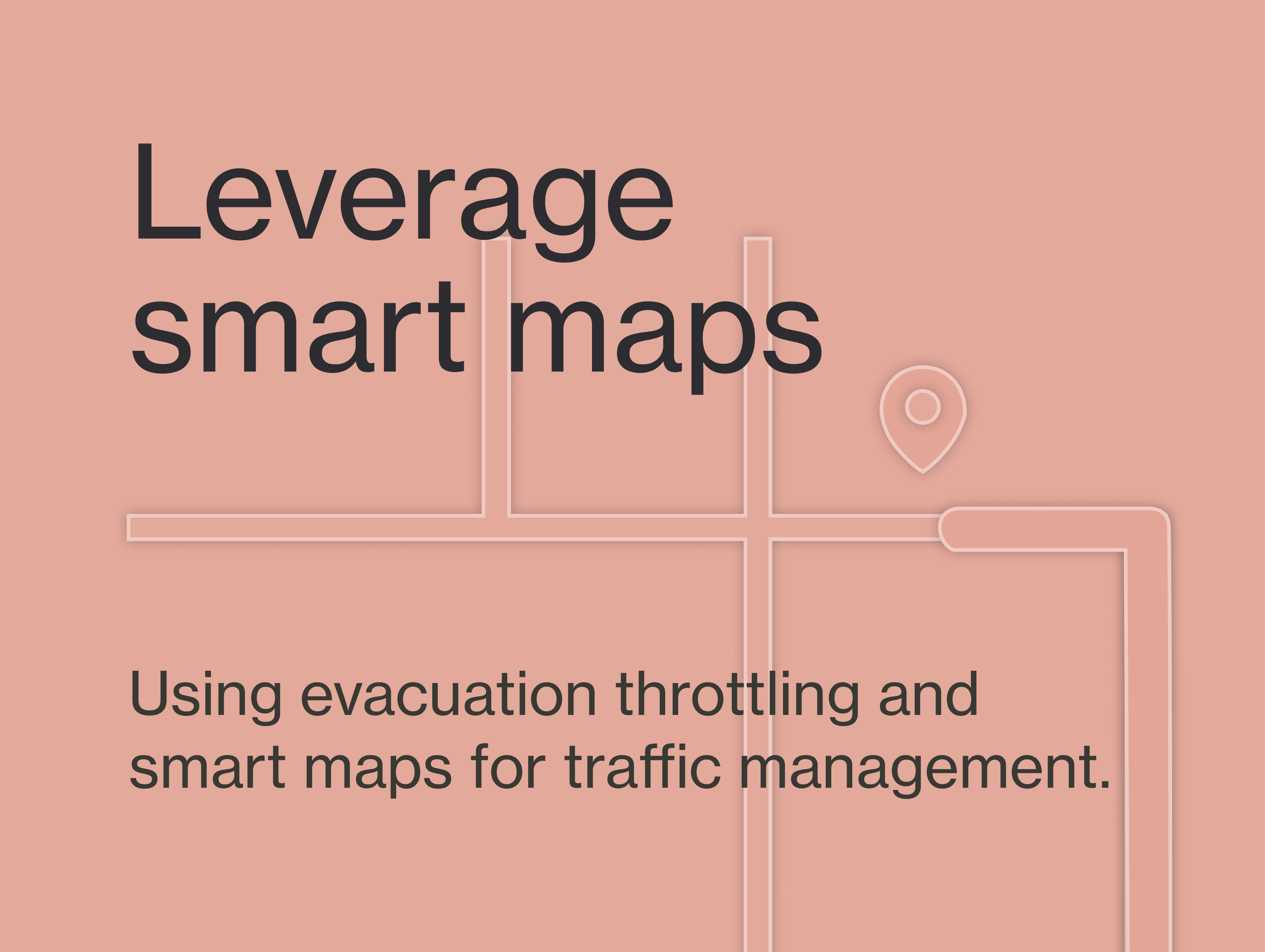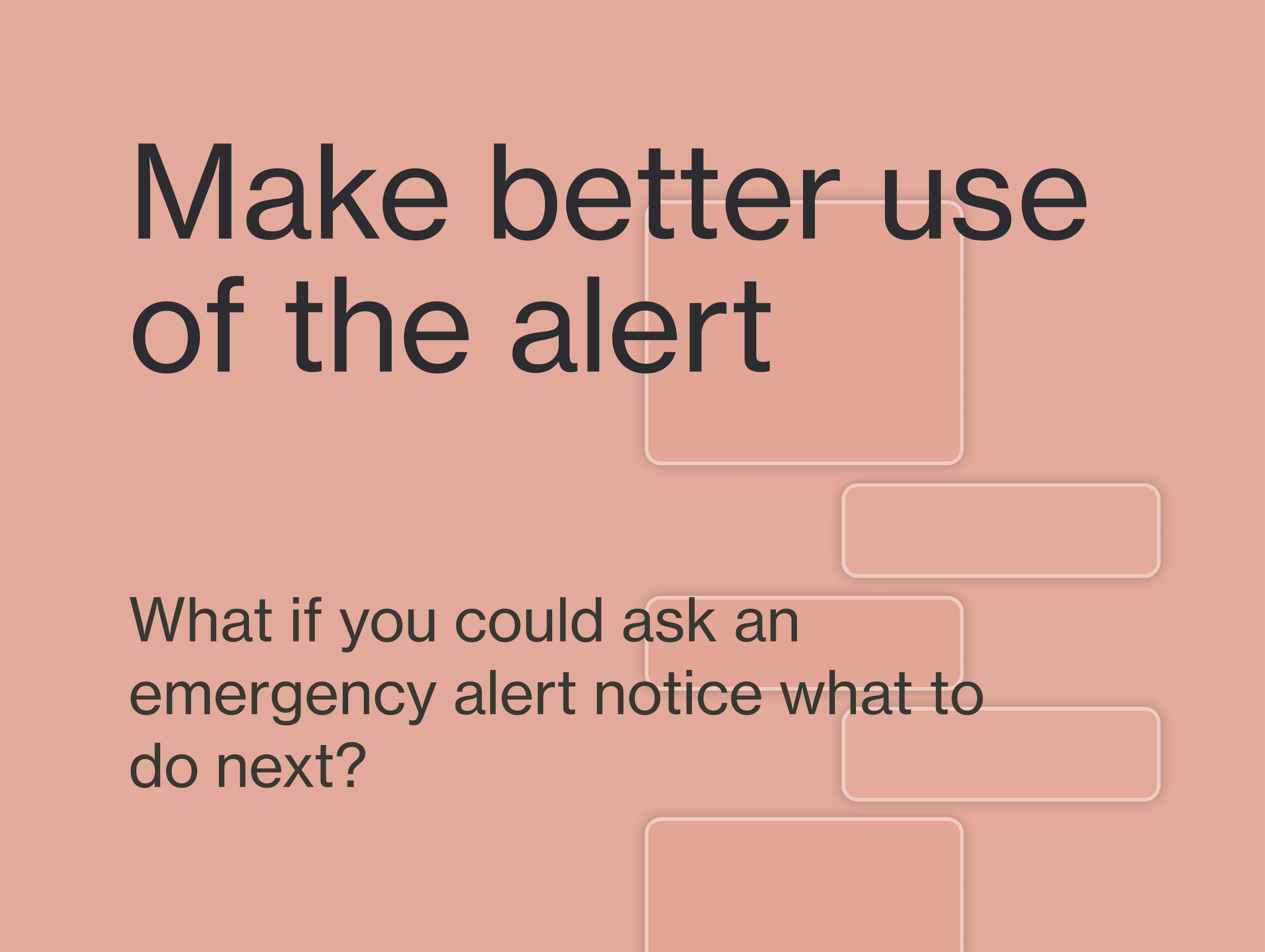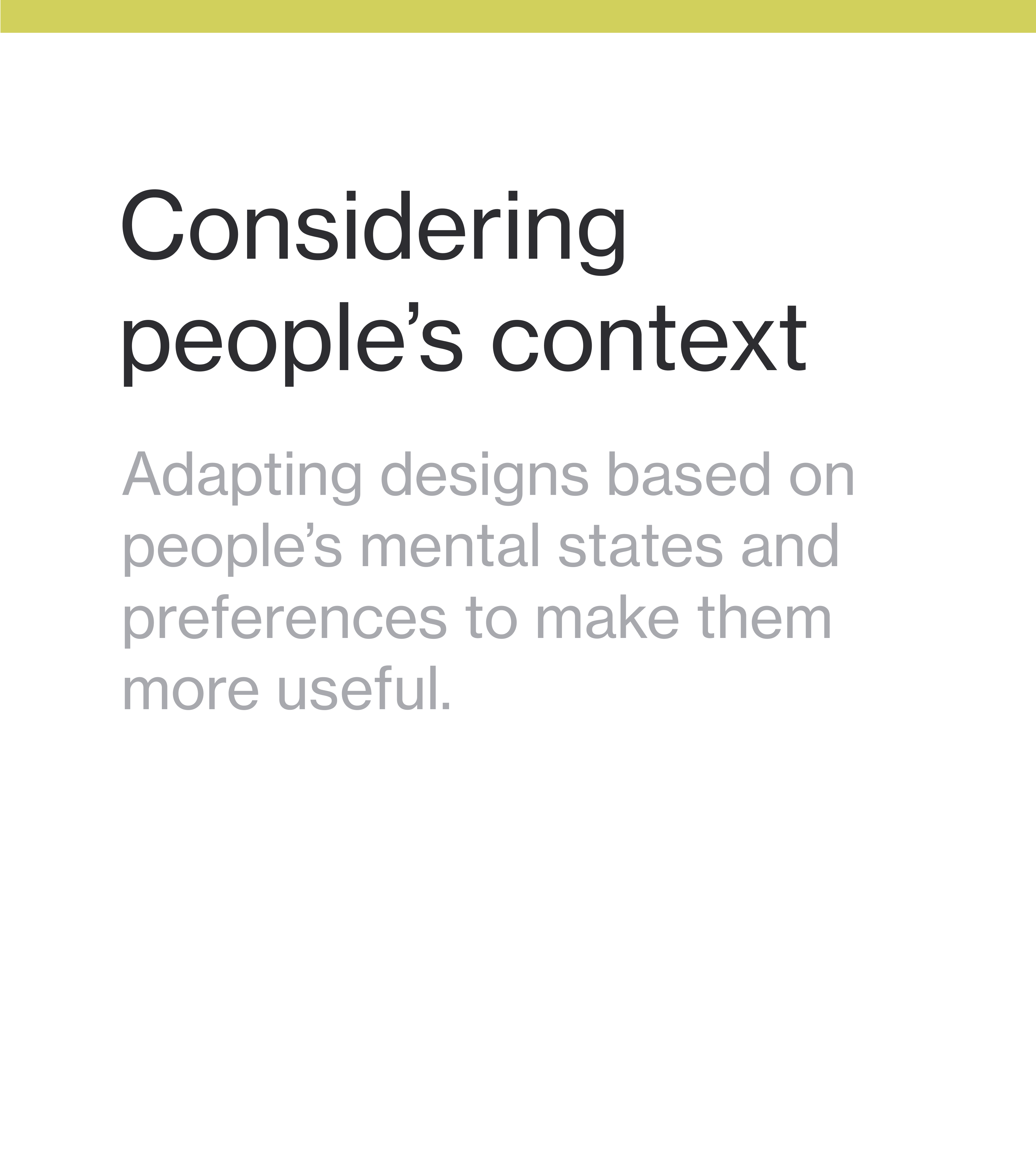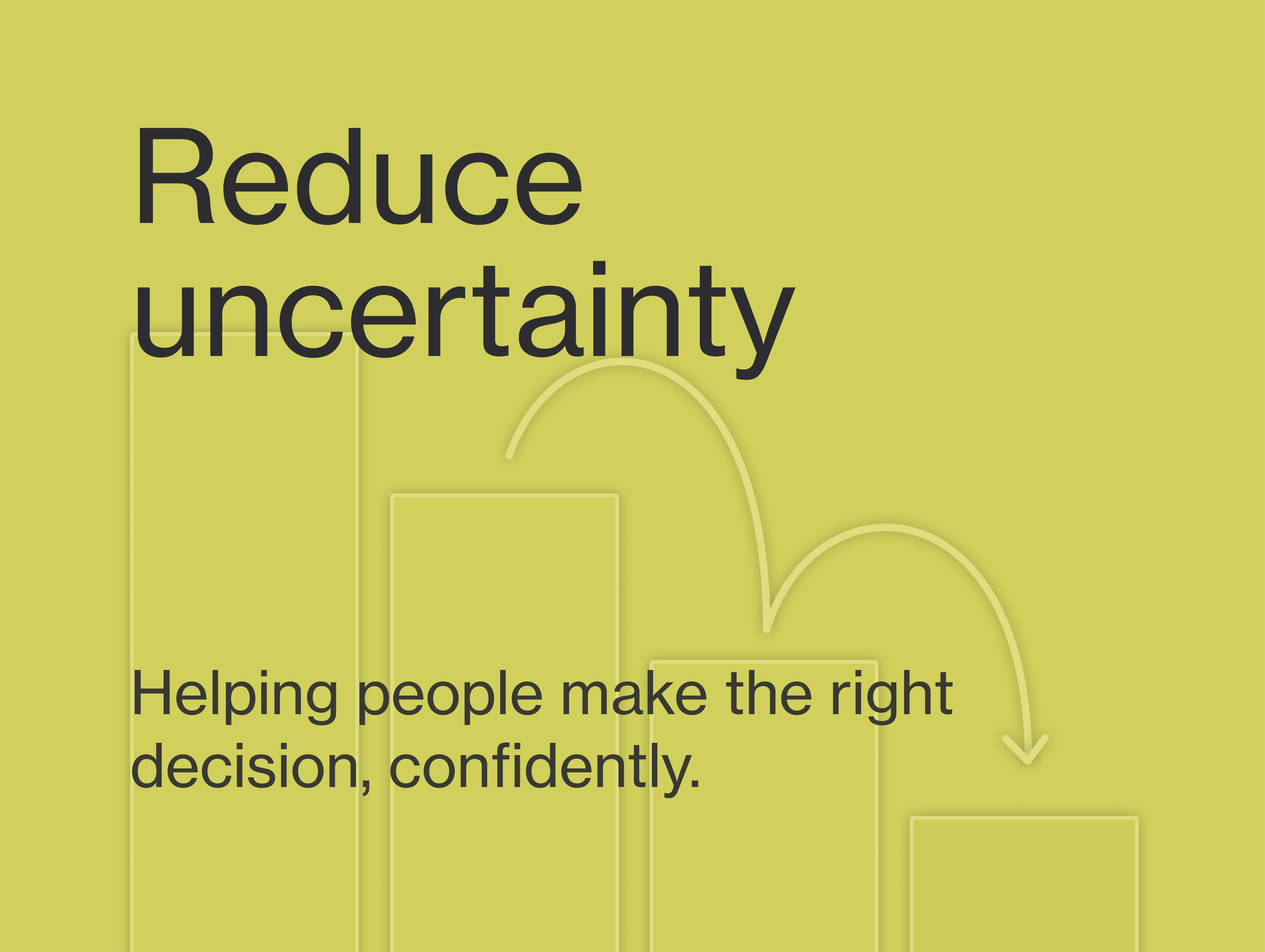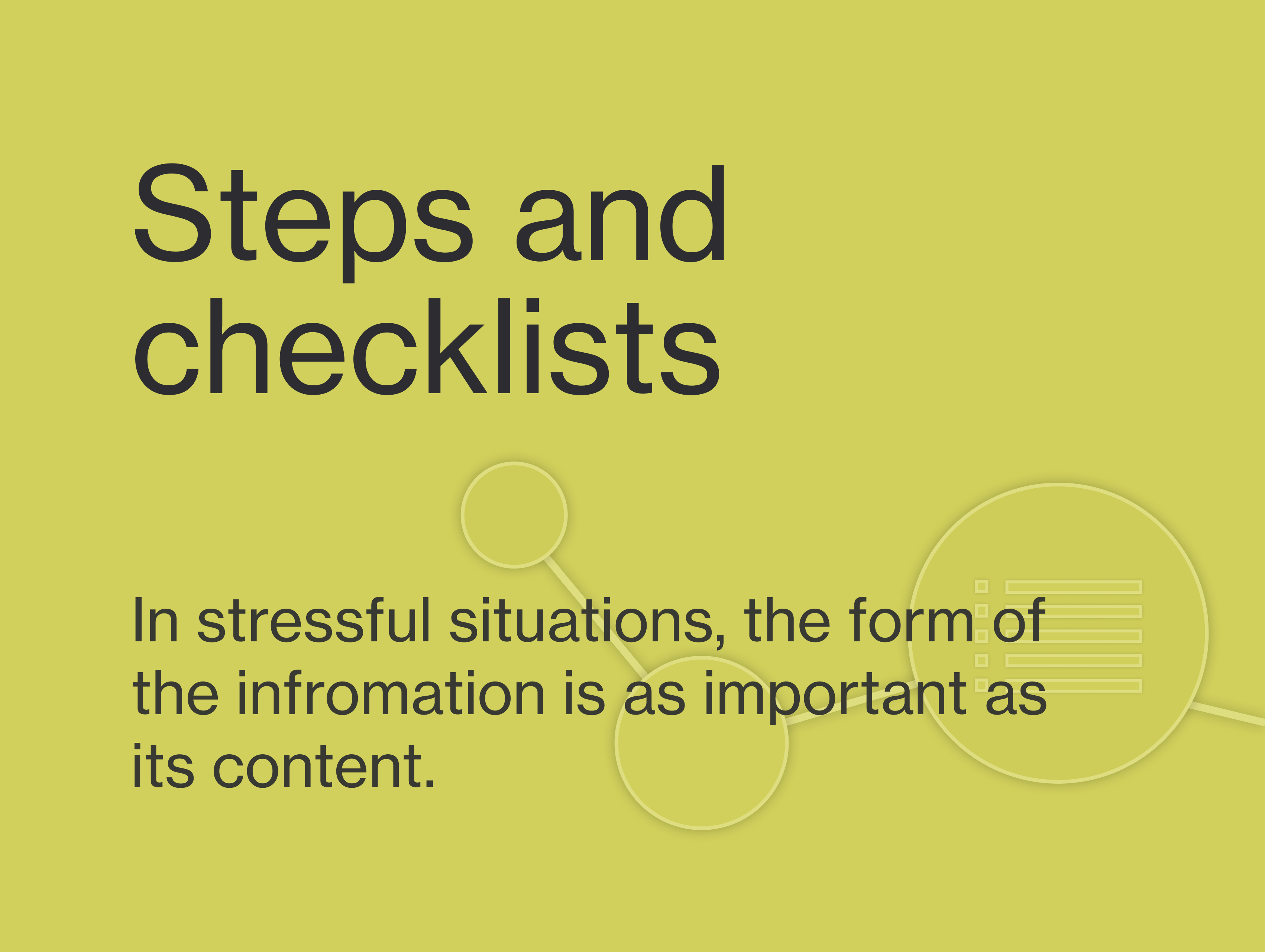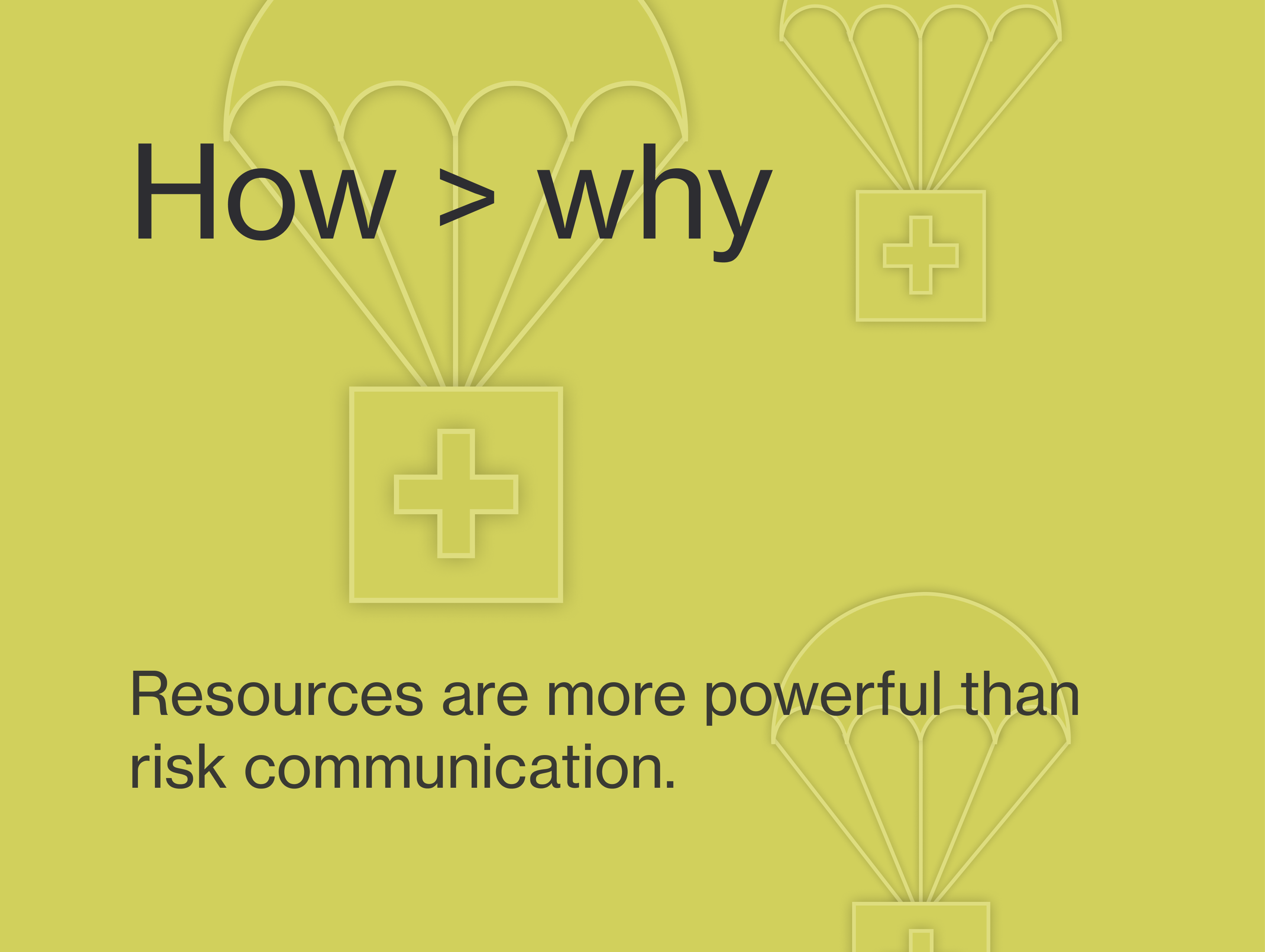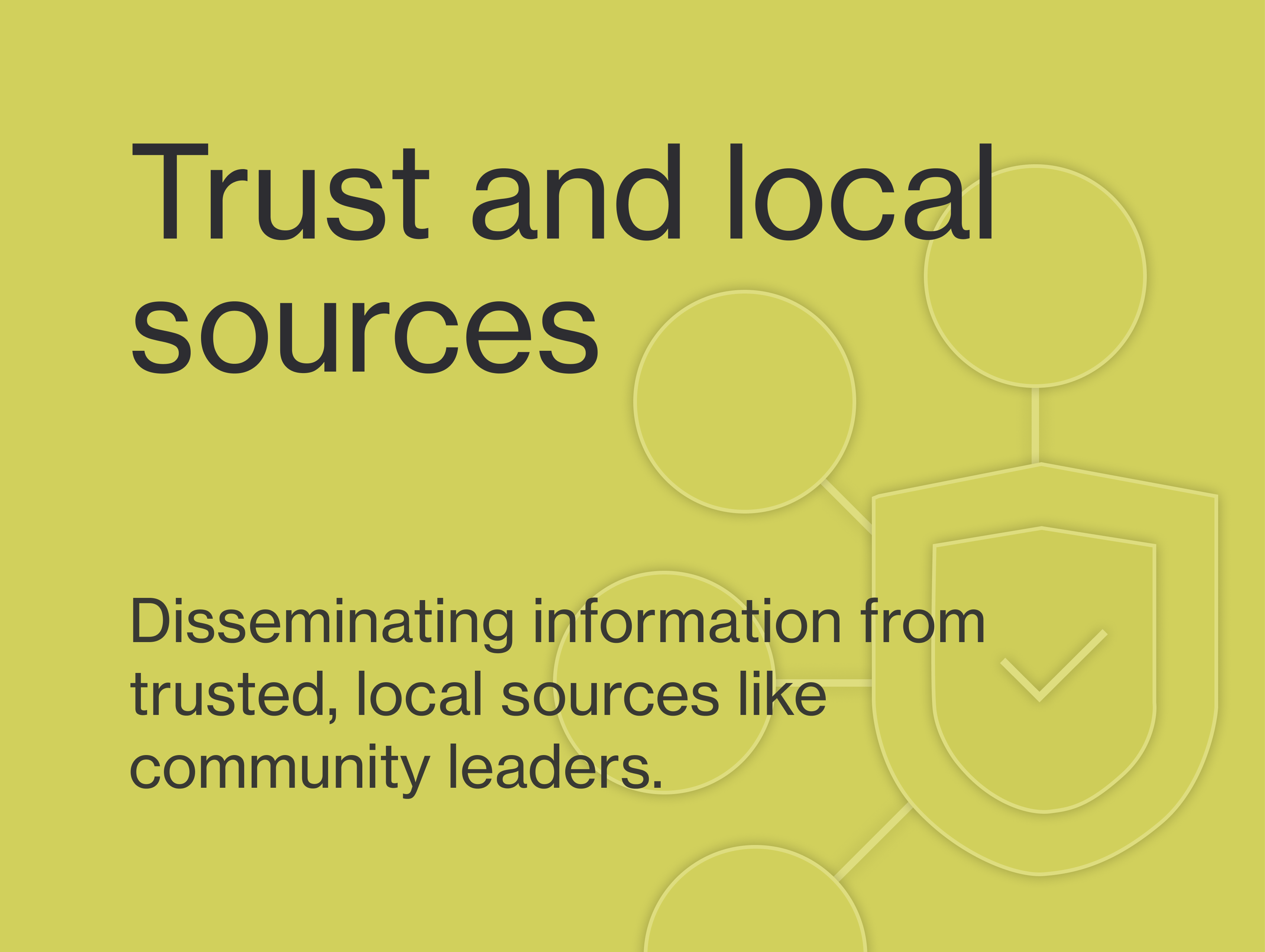Considering people’s context
Trust and local sources
From the alert to the response, it’s important to ensure people trust the right information and have access to relevant updates. Keeping it local and pointing towards official or familiar sources can help.
Examples
______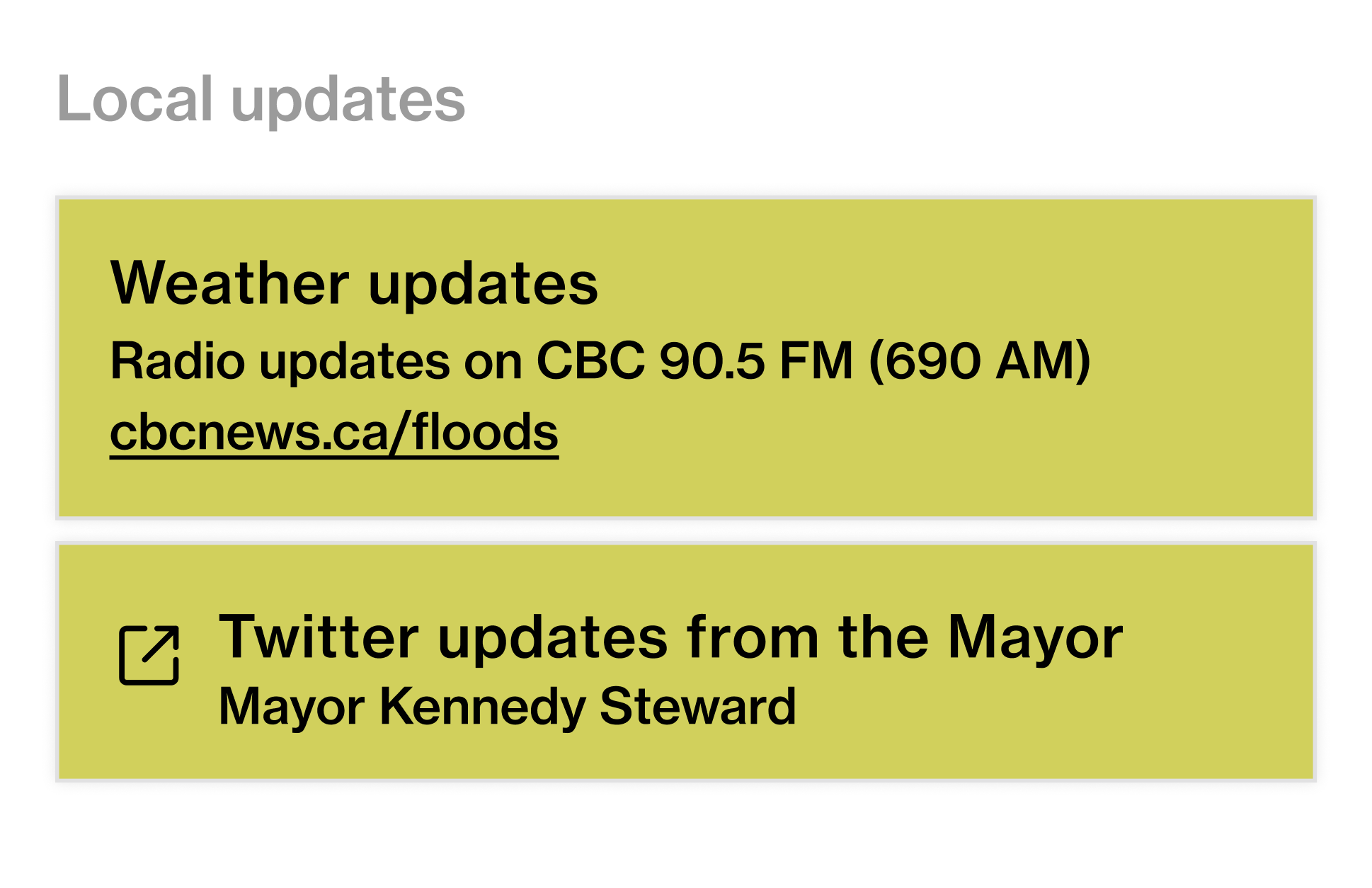
Sending to specific sources for updates
We linked to an official source for weather updates, as well as the Mayor’s Twitter to clarify the places to get information and make it as local and timely as possible.
Supporting research
______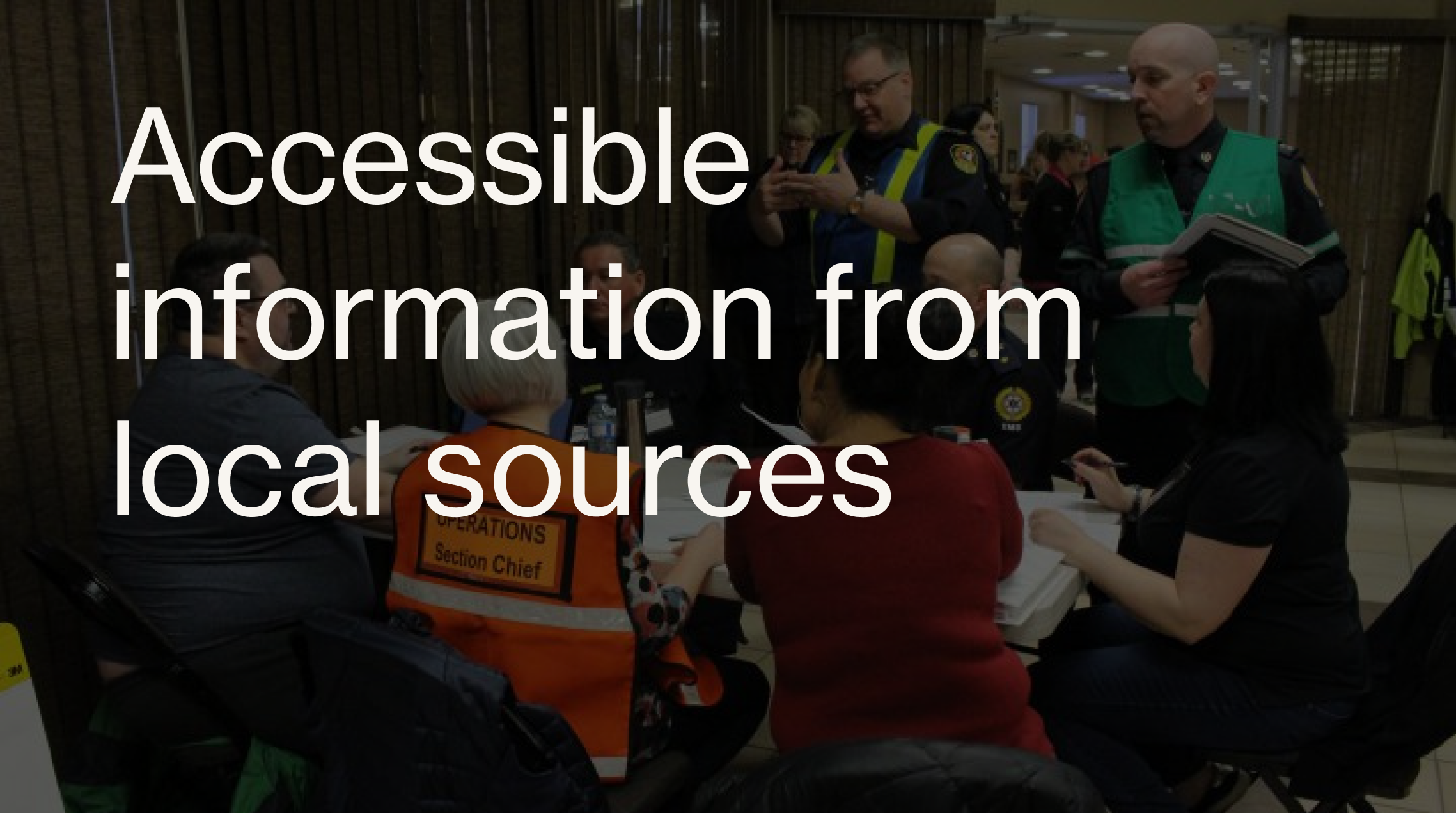
“The most popular response areas were tools and engagement, better live updates and action and more trusted information.
Respondents indicated the need for greater information about areas outside urban centres, more consistent information sources and more accessible information for those not well connected via the internet and social media. Several respondents expressed an interest in receiving information from trusted local sources — people in their communities — and the need for more timely information.”
BC Flood and Wildfire Review, 2018
Respondents indicated the need for greater information about areas outside urban centres, more consistent information sources and more accessible information for those not well connected via the internet and social media. Several respondents expressed an interest in receiving information from trusted local sources — people in their communities — and the need for more timely information.”
BC Flood and Wildfire Review, 2018
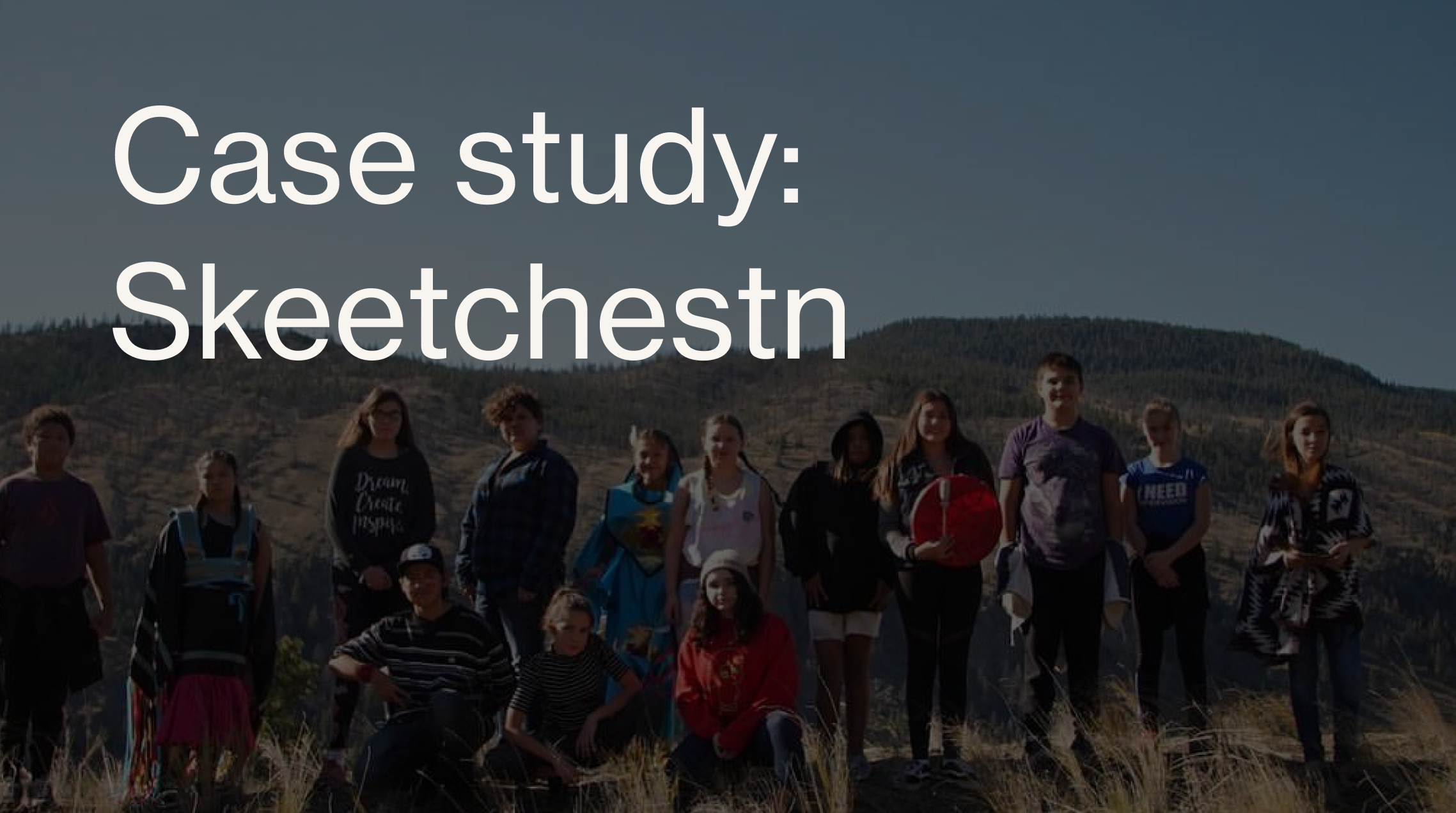
“Once the evacuation happened, the Skeetchestn emergency response team quickly realized there were gaps in reliable, available information.
To meet this challenge, and keep people informed, the team relied on three quick-fix solutions: staffing an emergency telephone information line; sending daily updates on local conditions based on information gathered by its team (including GPS and GIS specialists), and distributing these updates by Facebook Messenger; and hosting a series of public information sessions.
Available to First Nations and non-First Nations community members alike, ranchers and other area residents attended these sessions to get information. They also regularly contacted Don directly for updates after being evacuated — updates he was happy to be able to provide.”
BC Flood and Wildfire Review, 2018
To meet this challenge, and keep people informed, the team relied on three quick-fix solutions: staffing an emergency telephone information line; sending daily updates on local conditions based on information gathered by its team (including GPS and GIS specialists), and distributing these updates by Facebook Messenger; and hosting a series of public information sessions.
Available to First Nations and non-First Nations community members alike, ranchers and other area residents attended these sessions to get information. They also regularly contacted Don directly for updates after being evacuated — updates he was happy to be able to provide.”
BC Flood and Wildfire Review, 2018
